Home>Construction & Tools>Building Materials>How To Remove English Ivy From A Brick Wall
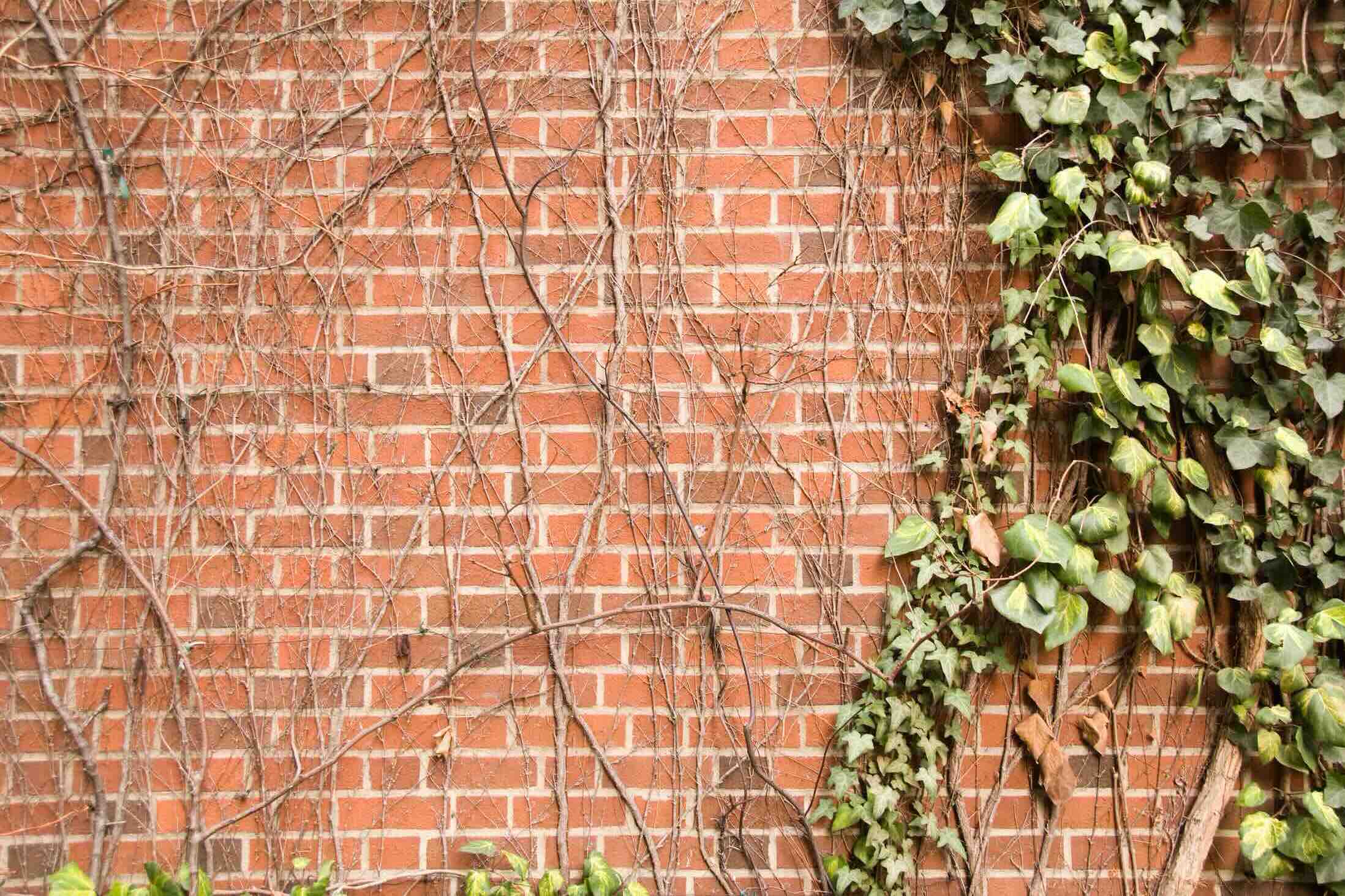

Building Materials
How To Remove English Ivy From A Brick Wall
Modified: February 18, 2024
Learn how to effectively remove English ivy from a brick wall using the right building materials and techniques. Protect your brick wall from damage and maintain its integrity.
(Many of the links in this article redirect to a specific reviewed product. Your purchase of these products through affiliate links helps to generate commission for Storables.com, at no extra cost. Learn more)
**
Introduction
**
English ivy, with its lush green leaves and trailing vines, can add a touch of natural beauty to any outdoor space. However, when this charming plant begins to encroach upon brick walls, it can lead to a host of issues. While English ivy may seem harmless, its tendrils can penetrate mortar joints, causing damage to the structural integrity of the wall. In addition, the accumulation of moisture and organic debris trapped by the ivy can accelerate the deterioration of the brickwork.
In this comprehensive guide, we will explore the process of removing English ivy from a brick wall, ensuring that the task is completed effectively and with minimal impact on the underlying masonry. By understanding the nature of English ivy, gathering the necessary tools and materials, and following a systematic approach, you can restore the pristine beauty of your brick wall while safeguarding its longevity. Let's delve into the intricacies of this endeavor, equipping you with the knowledge and techniques required to bid farewell to unwanted English ivy and rejuvenate your brick wall's aesthetic appeal.
**
Key Takeaways:
- Removing English ivy from a brick wall requires careful planning, the right tools, and a methodical approach to protect the wall’s structure and aesthetics.
- After removing the ivy, cleaning the brick wall and implementing preventive measures can help maintain its beauty and prevent future ivy growth.
Read more: How To Remove Plaster From A Brick Wall
Understanding English Ivy
**
Before embarking on the process of removing English ivy from a brick wall, it is crucial to comprehend the characteristics and growth habits of this resilient plant. English ivy, scientifically known as Hedera helix, is a vigorous and adaptable vine that can thrive in various environmental conditions, including shade, moisture, and poor soil. Its ability to climb and spread rapidly is attributed to its aerial rootlets, which enable it to cling to vertical surfaces such as brick walls with remarkable tenacity.
English ivy is renowned for its evergreen foliage, which remains verdant throughout the year. While this trait contributes to its ornamental appeal, it also presents challenges when attempting to eradicate it from brick walls. The dense growth of English ivy not only obscures the underlying brickwork but also creates a haven for pests and moisture, potentially leading to the deterioration of the masonry.
Furthermore, the adhesive nature of English ivy’s aerial rootlets allows it to infiltrate minute crevices in the brick mortar, gradually compromising the structural integrity of the wall. This invasive behavior can result in the dislodgment of mortar joints and the accumulation of debris, hastening the degradation of the brick surface. Understanding the resilience and growth patterns of English ivy is pivotal in devising an effective strategy for its removal while mitigating potential damage to the underlying brick wall.
By gaining insight into the adaptive nature of English ivy and its impact on brick walls, you can approach the removal process with a comprehensive understanding of the challenges involved. Armed with this knowledge, you will be better equipped to execute the necessary steps with precision, ensuring the restoration of your brick wall’s pristine condition.
**
Tools and Materials Needed
**
Preparing to remove English ivy from a brick wall necessitates the acquisition of specific tools and materials to facilitate the process effectively. The following items are essential for undertaking this endeavor:
Tools:
- Pruning Shears: These are indispensable for cutting through the thick vines and stems of the English ivy, enabling you to gain better access to the brick wall.
- Gloves: Durable, puncture-resistant gloves provide protection against potential skin irritation and allergens present in the ivy.
- Hand Trowel or Putty Knife: These tools aid in dislodging the ivy’s rootlets from the brick surface without causing damage to the masonry.
- Ladder: A sturdy ladder is essential for reaching higher sections of the brick wall, ensuring thorough removal of the ivy.
- Safety Goggles: Eye protection is crucial, especially when working overhead, to shield against falling debris and airborne particles.
Materials:
- Trash Bags: These are essential for collecting and disposing of the removed ivy, preventing it from re-rooting or spreading to other areas.
- Pruning Saw or Hedge Trimmers: In cases where the ivy has grown extensively, these tools may be necessary for cutting through thicker vines and branches.
- Vinegar Solution: A solution of vinegar and water can be used to inhibit regrowth of any remaining ivy and to discourage pests.
- Protective Tarp or Drop Cloth: Placing a tarp or drop cloth beneath the work area safeguards the ground from debris and facilitates easy cleanup.
By ensuring that you have the requisite tools and materials at your disposal, you can approach the task of removing English ivy from a brick wall systematically and efficiently. These provisions not only enhance safety and precision but also contribute to the overall success of the endeavor, allowing you to restore the integrity and aesthetics of your brick wall with confidence.
**
Preparing to Remove English Ivy
**
Prior to initiating the removal process, it is imperative to undertake thorough preparations to streamline the task and minimize potential complications. The following steps are essential in preparing to remove English ivy from a brick wall:
Assessment of the Ivy Coverage: Begin by assessing the extent of the ivy’s coverage on the brick wall. Identify areas where the ivy has firmly rooted and evaluate the thickness and density of the growth. This assessment will aid in formulating a strategic approach for the removal process, especially when dealing with extensive or entrenched ivy.
Trimming and Clearing Surrounding Area: Clear the immediate vicinity of the brick wall, removing any obstacles or debris that may impede your access or pose safety hazards during the removal process. Additionally, trim any overhanging branches or foliage that could obstruct your movements or contribute to the re-establishment of the ivy.
Protective Measures: Equip yourself with the necessary protective gear, including gloves, safety goggles, and appropriate attire. This precautionary measure is vital for safeguarding against potential skin irritation, allergens, and physical hazards associated with working around the ivy and brick wall.
Securing the Work Area: Place a protective tarp or drop cloth beneath the section of the brick wall where the ivy removal will take place. This serves to contain debris, simplify cleanup, and protect the underlying ground surface from potential damage or staining.
Organizing Tools and Materials: Ensure that all required tools and materials are readily accessible and organized. This includes inspecting the condition of pruning shears, hand trowels, trash bags, and other implements to ascertain their functionality and suitability for the task at hand.
Understanding the Growth Pattern: Familiarize yourself with the growth pattern and attachment mechanisms of English ivy, particularly its aerial rootlets. This understanding will inform your approach to dislodging and detaching the ivy from the brick wall without causing undue harm to the masonry.
By meticulously preparing for the removal of English ivy from the brick wall, you can lay the groundwork for a methodical and effective execution of the task. These preparatory measures not only contribute to the safety and efficiency of the endeavor but also set the stage for preserving the integrity and aesthetics of the underlying brickwork.
**
To remove English ivy from a brick wall, start by cutting the vines at the base and pulling them off the wall. Use a scraper or brush to remove any remaining roots or tendrils. Be sure to dispose of the ivy properly to prevent regrowth.
Removing English Ivy from a Brick Wall
**
With the necessary preparations in place, the process of removing English ivy from a brick wall can commence. This undertaking involves a systematic approach to disentangle and detach the ivy from the brick surface without causing damage to the underlying masonry. The following steps outline the method for effectively removing English ivy:
Begin with Trimming: Utilize pruning shears or a pruning saw to trim the ivy’s vines and foliage, starting from the top and working your way down. This initial trimming reduces the bulk of the ivy and facilitates better access to the brick wall for subsequent removal steps.
Dislodging the Ivy: Gently pry the base of the ivy away from the brick wall using a hand trowel or putty knife, taking care not to dislodge the mortar joints. Gradually work along the length of the wall, loosening the ivy’s grip and detaching it from the surface. Exercise patience and precision to avoid causing unnecessary damage to the brickwork.
Cutting and Removing Rootlets: Sever the aerial rootlets of the ivy using pruning shears or a hand trowel, ensuring that they are completely detached from the brick surface. Collect the severed ivy and rootlets in a trash bag to prevent re-rooting and to facilitate proper disposal.
Inspecting and Addressing Residual Ivy: Thoroughly inspect the brick wall for any remaining ivy or root remnants. Carefully remove any residual ivy, ensuring that the surface is free from clinging tendrils and potential regrowth points. A vinegar solution can be applied to areas where remnants persist to inhibit regrowth and deter pests.
Post-Removal Cleanup: Dispose of the collected ivy and debris in a responsible manner, preventing any chance of re-infestation. Remove the protective tarp or drop cloth from the work area and conduct a final inspection to ensure that the brick wall is clear of any remaining ivy and debris.
By following this systematic approach, you can effectively remove English ivy from a brick wall while preserving the structural integrity and visual appeal of the masonry. This methodical process mitigates the potential for damage and establishes a clean, ivy-free canvas for the subsequent restoration and maintenance of the brick wall.
**
Read more: How To Remove Chalk From Brick Wall
Cleaning the Brick Wall
**
Once the English ivy has been successfully removed, the next crucial step involves cleaning the brick wall to restore its original luster and eliminate any residual debris or staining left behind by the ivy. This cleaning process aims to rejuvenate the appearance of the brickwork while safeguarding its longevity. The following steps outline the method for effectively cleaning a brick wall after ivy removal:
Assessment of Residual Debris and Staining: Inspect the brick wall for any lingering debris, organic residue, or staining caused by the ivy. Identify areas that require focused cleaning attention, such as sections with persistent rootlet marks or accumulated organic matter.
Pre-Cleaning Preparation: Clear the immediate vicinity of the brick wall and cover any adjacent surfaces or landscaping features that could be affected by the cleaning process. This precautionary measure prevents unintended damage and simplifies the post-cleaning cleanup.
Dry Brushing and Vacuuming: Begin by dry brushing the brick wall to dislodge loose debris and organic matter. Follow this by using a vacuum cleaner with a brush attachment to effectively remove the dislodged debris, ensuring a clean and debris-free surface for the subsequent cleaning steps.
Gentle Washing with Mild Detergent: Prepare a solution of mild detergent and water, and gently wash the brick wall using a soft-bristled brush or sponge. This gentle cleaning approach effectively removes residual stains and organic matter without compromising the integrity of the brick surface.
Rinsing and Drying: Thoroughly rinse the brick wall with clean water to remove any detergent residue and ensure a pristine finish. Allow the brick wall to air dry naturally, enabling it to regain its original color and texture without the risk of water damage.
Optional Sealing and Protection: Consider applying a breathable brick sealant or water repellent to the clean, dry surface to enhance its resistance to moisture and organic growth. This additional protective measure fortifies the brick wall against potential future ivy infestations and environmental influences.
By meticulously cleaning the brick wall following the removal of English ivy, you can revitalize its appearance and fortify its resilience against future challenges. This comprehensive cleaning process not only restores the brick wall’s aesthetic allure but also contributes to its long-term preservation and maintenance.
**
Preventing Future Growth
**
After successfully removing English ivy from a brick wall and restoring its pristine condition, it is essential to implement preventive measures to inhibit future ivy growth and preserve the integrity of the masonry. By proactively addressing potential re-infestation, you can safeguard the brick wall against the detrimental effects of invasive ivy. The following strategies are instrumental in preventing future growth of English ivy:
Regular Maintenance and Inspection: Establish a routine for inspecting the brick wall and its surroundings, monitoring for any signs of regrowth or infiltration by ivy. Promptly address any emerging tendrils or seedlings to prevent the establishment of new ivy growth.
Trimming and Pruning Nearby Foliage: Regularly trim and prune vegetation in the vicinity of the brick wall, including trees, shrubs, and other climbing plants that may facilitate the spread of ivy. By controlling the surrounding greenery, you can minimize opportunities for ivy to encroach upon the brick surface.
Application of Preventive Solutions: Consider applying a residual herbicide or natural deterrents around the base of the brick wall to discourage ivy regrowth. Additionally, periodic application of a vinegar solution or horticultural vinegar to potential regrowth points can impede the establishment of new ivy growth.
Maintaining a Clear Buffer Zone: Create and maintain a clear buffer zone around the brick wall, free from organic debris, mulch, or dense ground cover that may harbor ivy seeds or facilitate its spread. This proactive measure minimizes the risk of ivy re-infestation from adjacent areas.
Engaging in Vigilant Weed Control: Incorporate diligent weed control practices in the surrounding landscape, ensuring that ivy and other invasive plants are promptly identified and eradicated before they can encroach upon the brick wall. This proactive approach mitigates the risk of ivy infiltration and proliferation.
Educating and Raising Awareness: Share insights and best practices for ivy control and prevention with neighbors and community members, fostering a collective effort to mitigate the spread of English ivy and preserve the integrity of brick structures within the vicinity.
By implementing these preventive measures, you can fortify the brick wall against future ivy infestations and maintain its visual appeal and structural integrity. This proactive approach not only safeguards the brick wall but also contributes to the preservation of its surrounding environment, ensuring a harmonious coexistence between natural elements and built structures.
**
Conclusion
**
The process of removing English ivy from a brick wall is a meticulous endeavor that demands careful planning, systematic execution, and proactive preventive measures. By gaining a comprehensive understanding of the resilient nature of English ivy and its potential impact on brick surfaces, individuals can approach the task with precision and efficacy. The removal process, accompanied by thorough cleaning and preventive strategies, ensures the restoration and preservation of the brick wall’s integrity and aesthetic allure.
Through the systematic removal of English ivy, individuals can reclaim the pristine beauty of their brick walls while safeguarding them against the adverse effects of invasive plant growth. The utilization of appropriate tools, meticulous preparations, and a methodical approach to disentangling and detaching the ivy from the brick surface is pivotal in mitigating potential damage to the masonry.
Furthermore, the subsequent cleaning of the brick wall serves to rejuvenate its appearance, eliminate residual debris and staining, and fortify its resilience against future challenges. This comprehensive cleaning process not only restores the brick wall’s aesthetic allure but also contributes to its long-term preservation and maintenance.
By implementing proactive preventive measures, individuals can fortify the brick wall against future ivy infestations and maintain its visual appeal and structural integrity. This proactive approach not only safeguards the brick wall but also contributes to the preservation of its surrounding environment, ensuring a harmonious coexistence between natural elements and built structures.
In conclusion, the successful removal of English ivy from a brick wall, coupled with diligent cleaning and preventive strategies, culminates in the preservation and enhancement of the brick wall’s character and durability. By embracing these practices, individuals can revel in the enduring charm and resilience of their brick walls, free from the encroachment of invasive English ivy.
Frequently Asked Questions about How To Remove English Ivy From A Brick Wall
Was this page helpful?
At Storables.com, we guarantee accurate and reliable information. Our content, validated by Expert Board Contributors, is crafted following stringent Editorial Policies. We're committed to providing you with well-researched, expert-backed insights for all your informational needs.
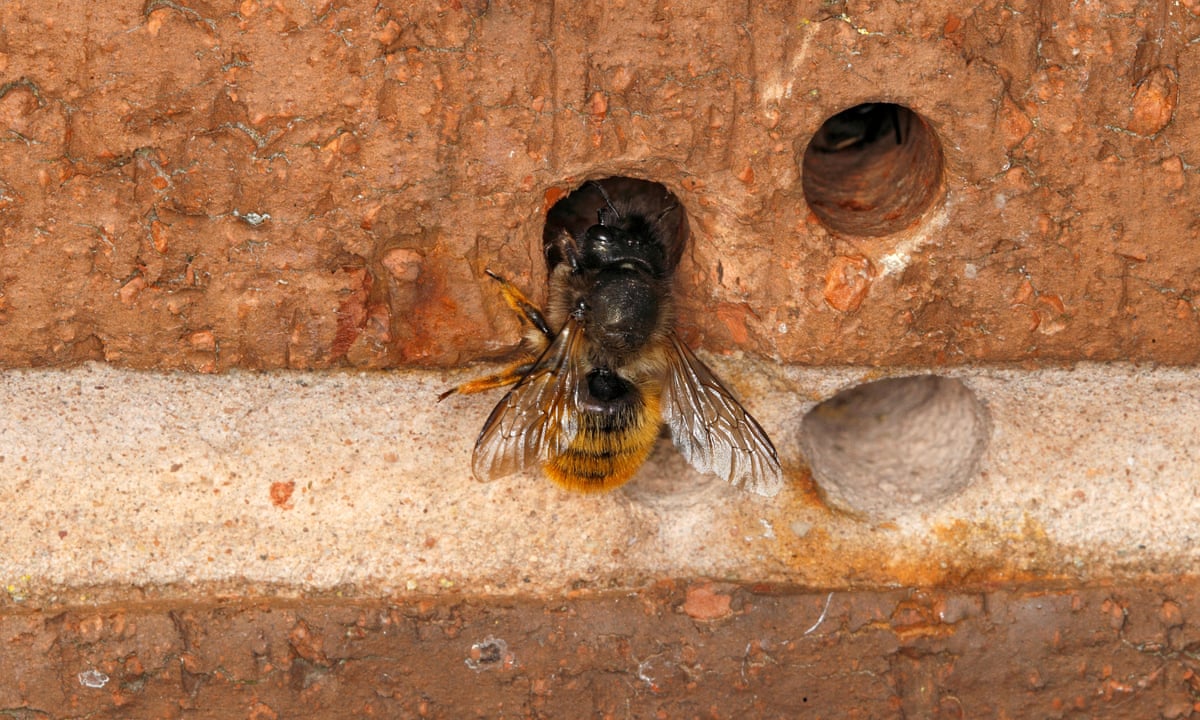
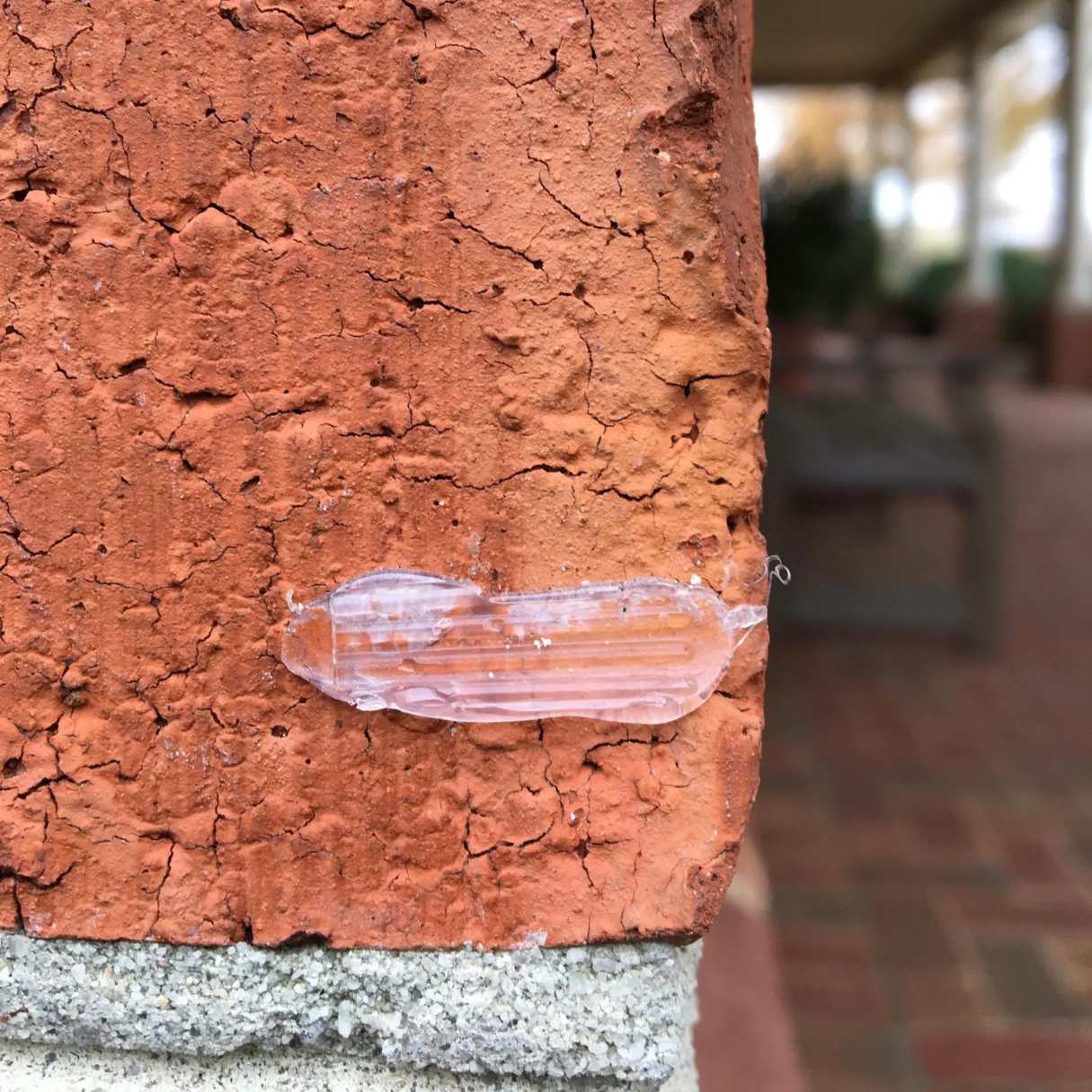
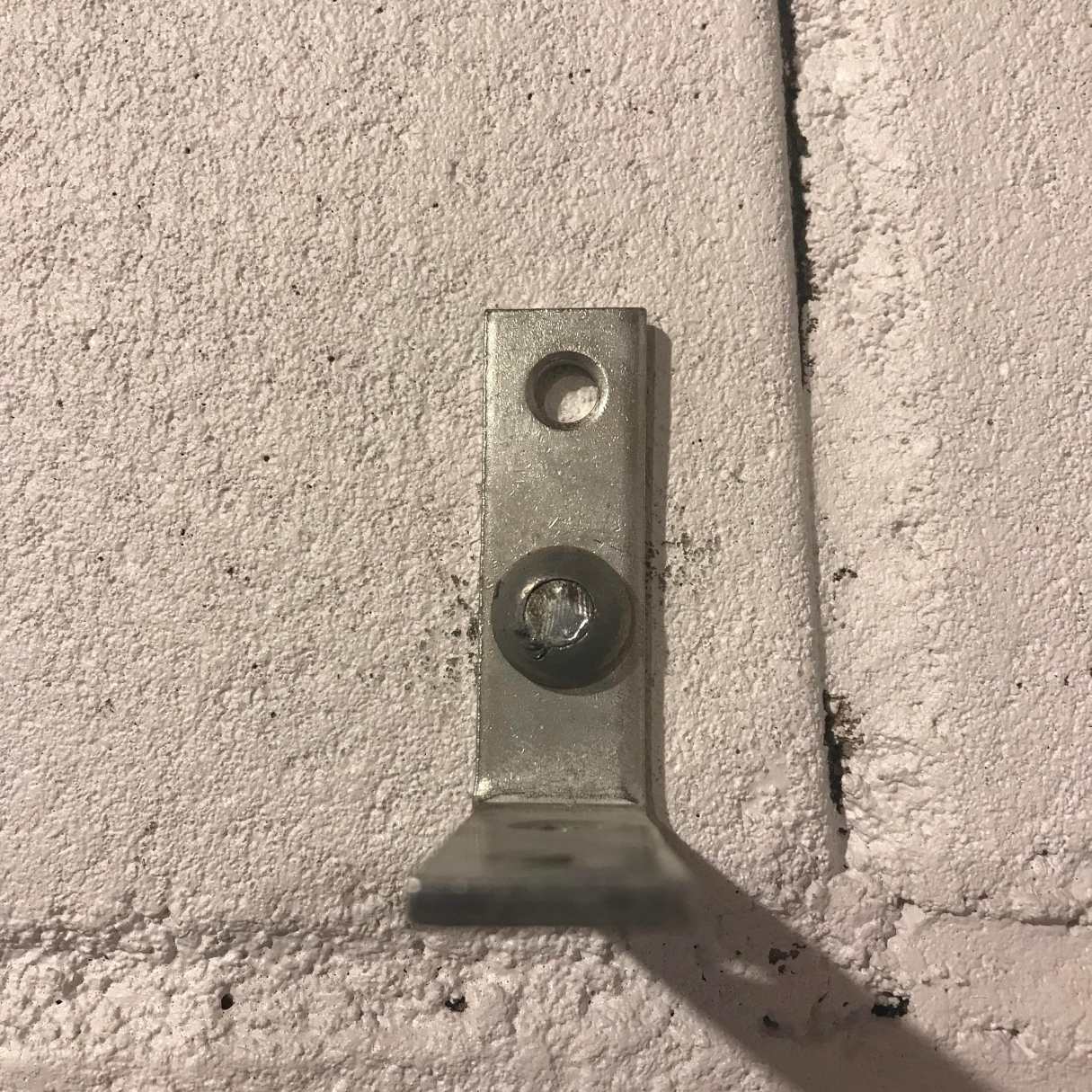
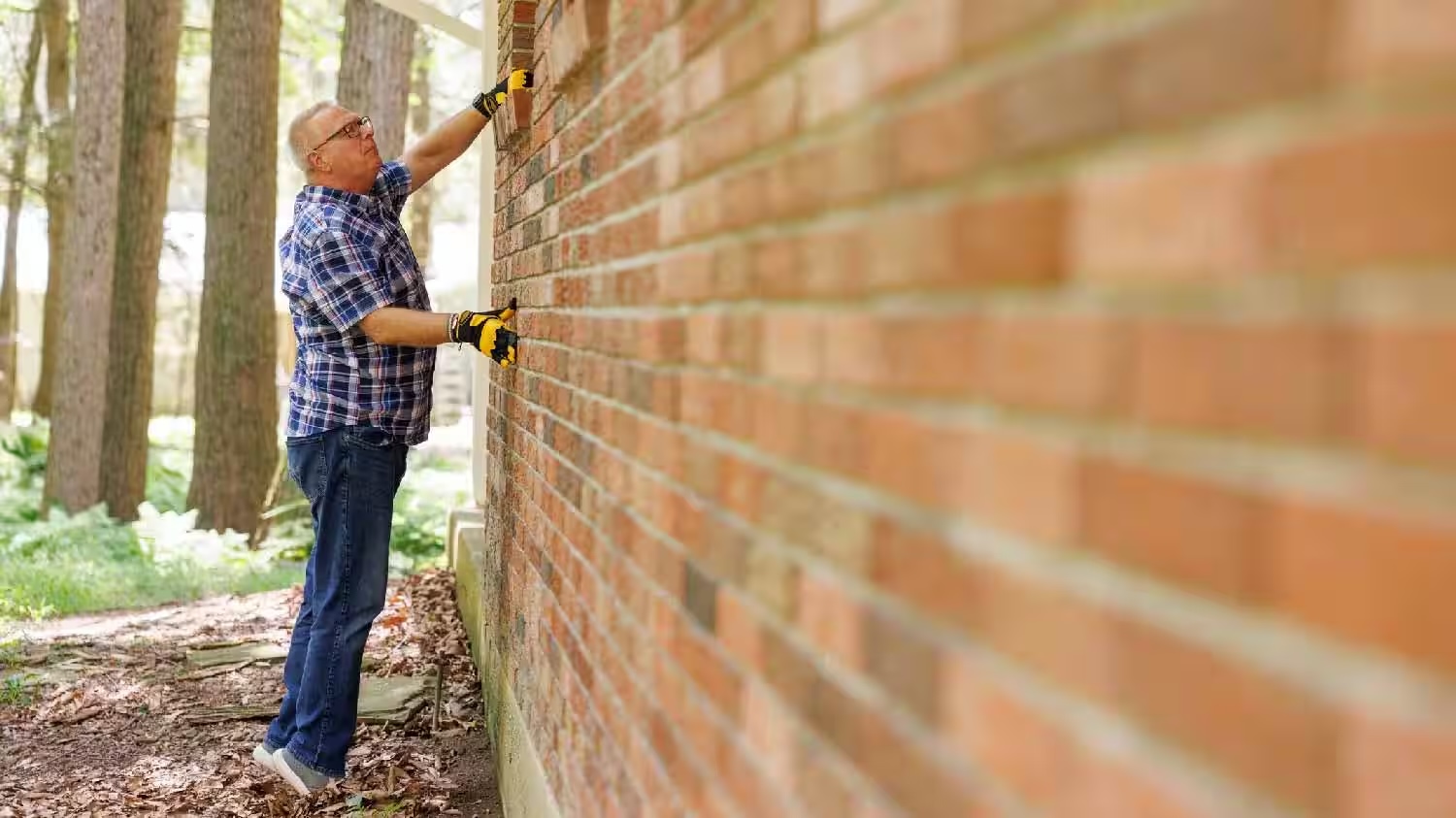
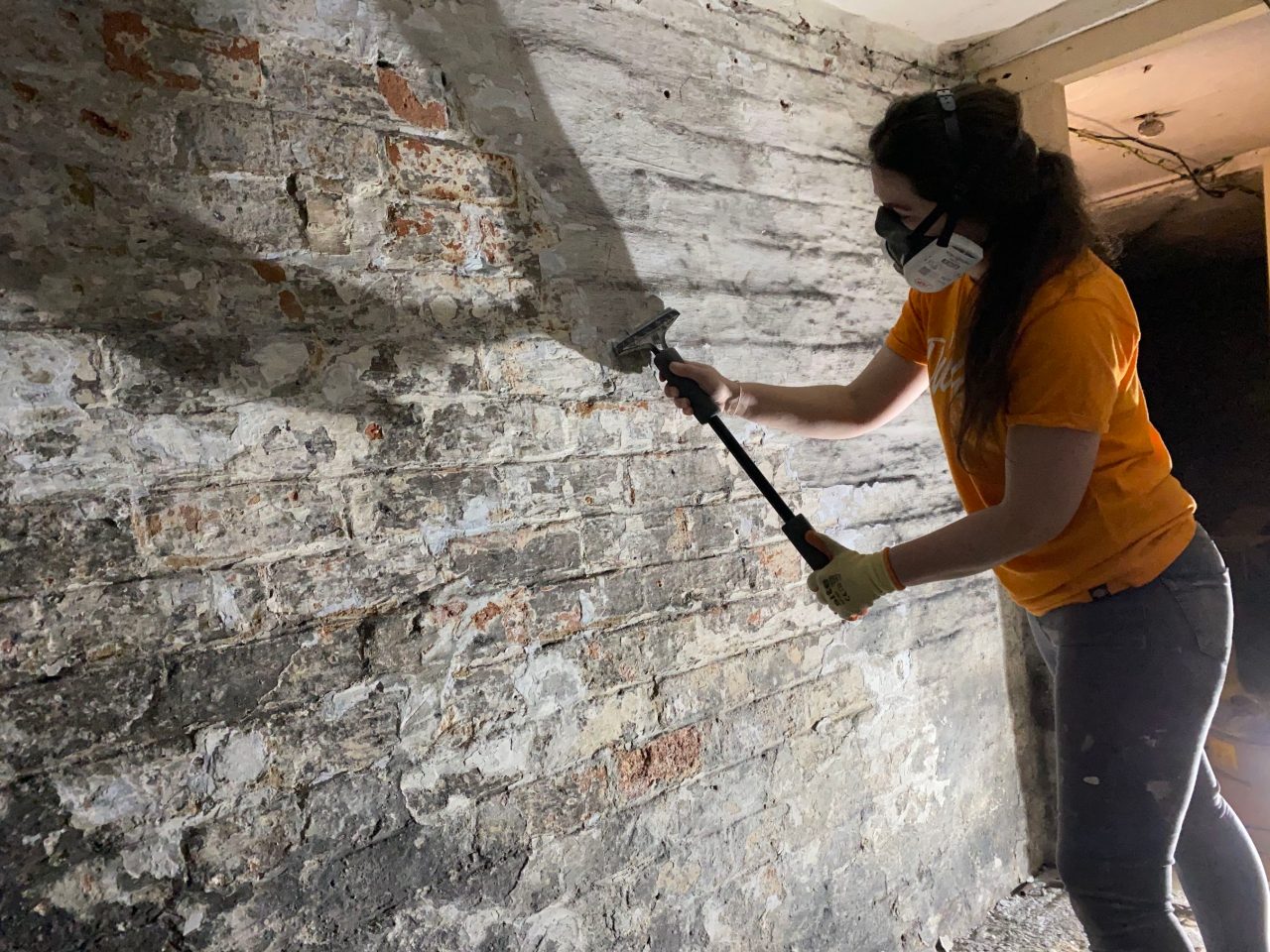
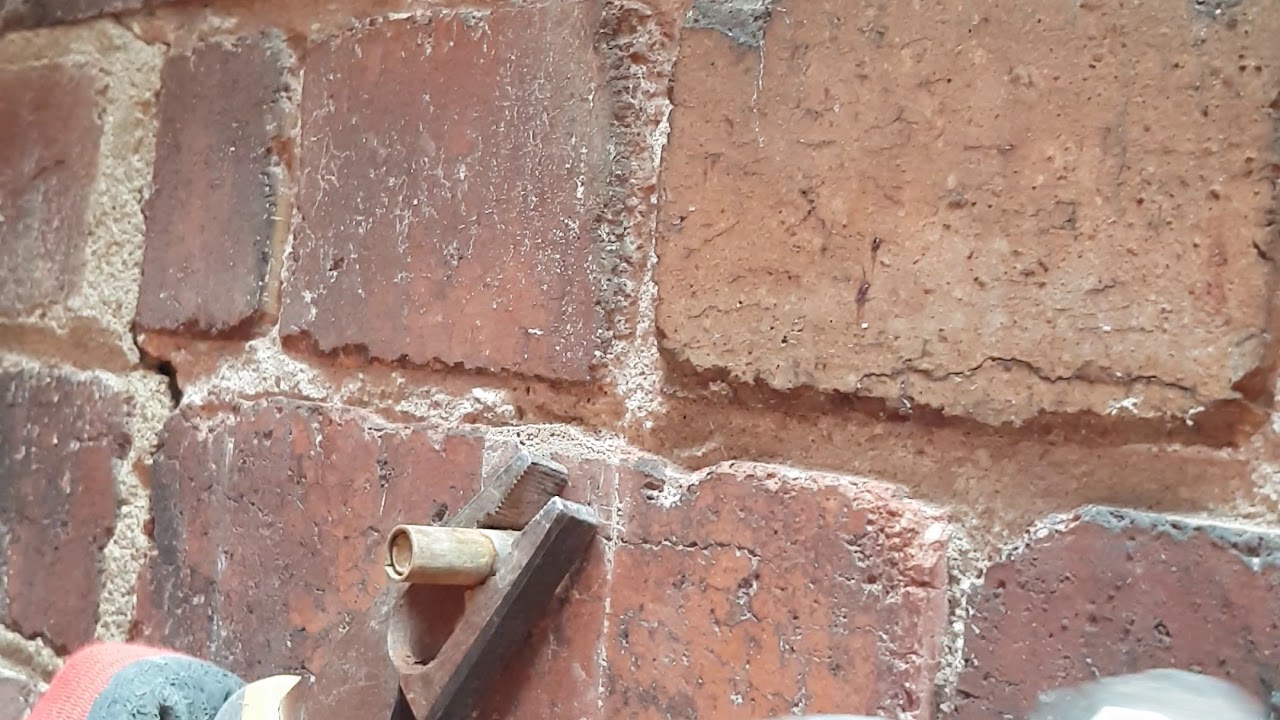
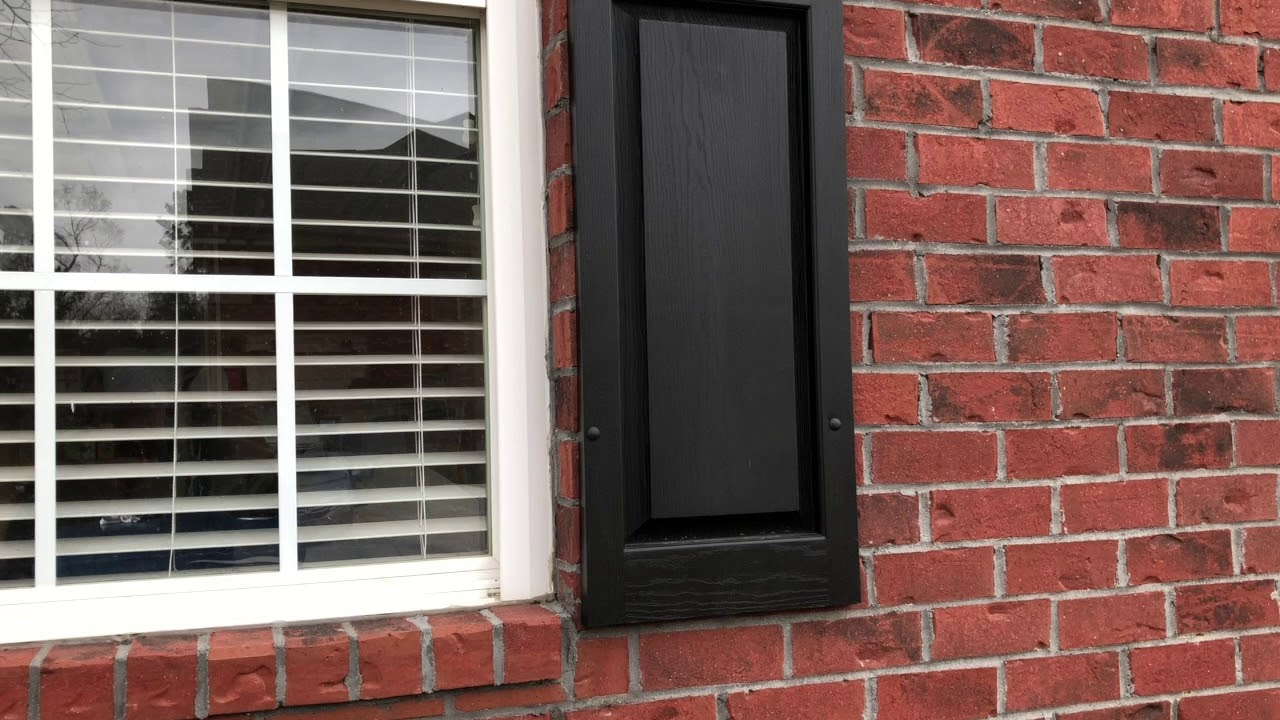
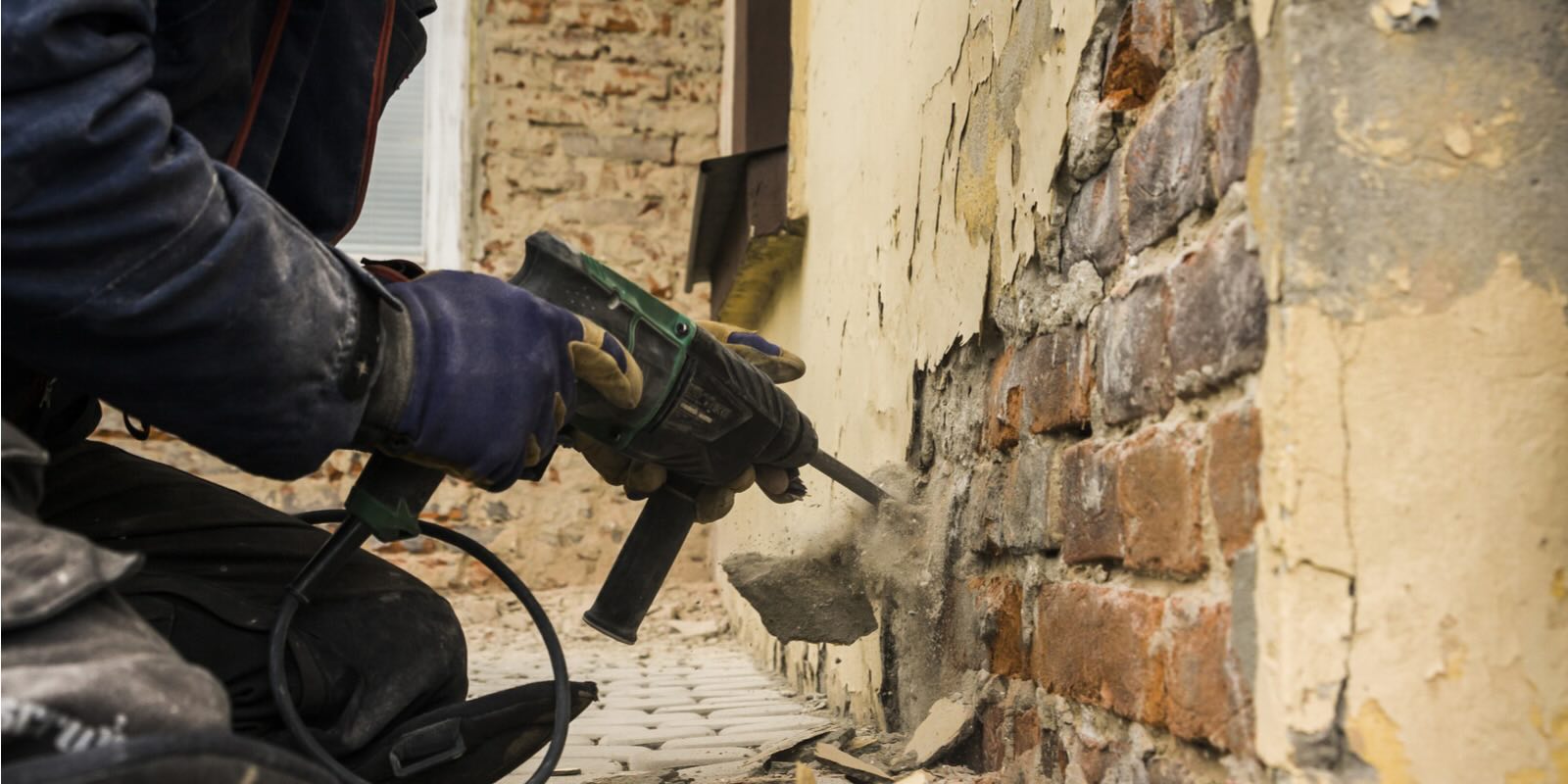
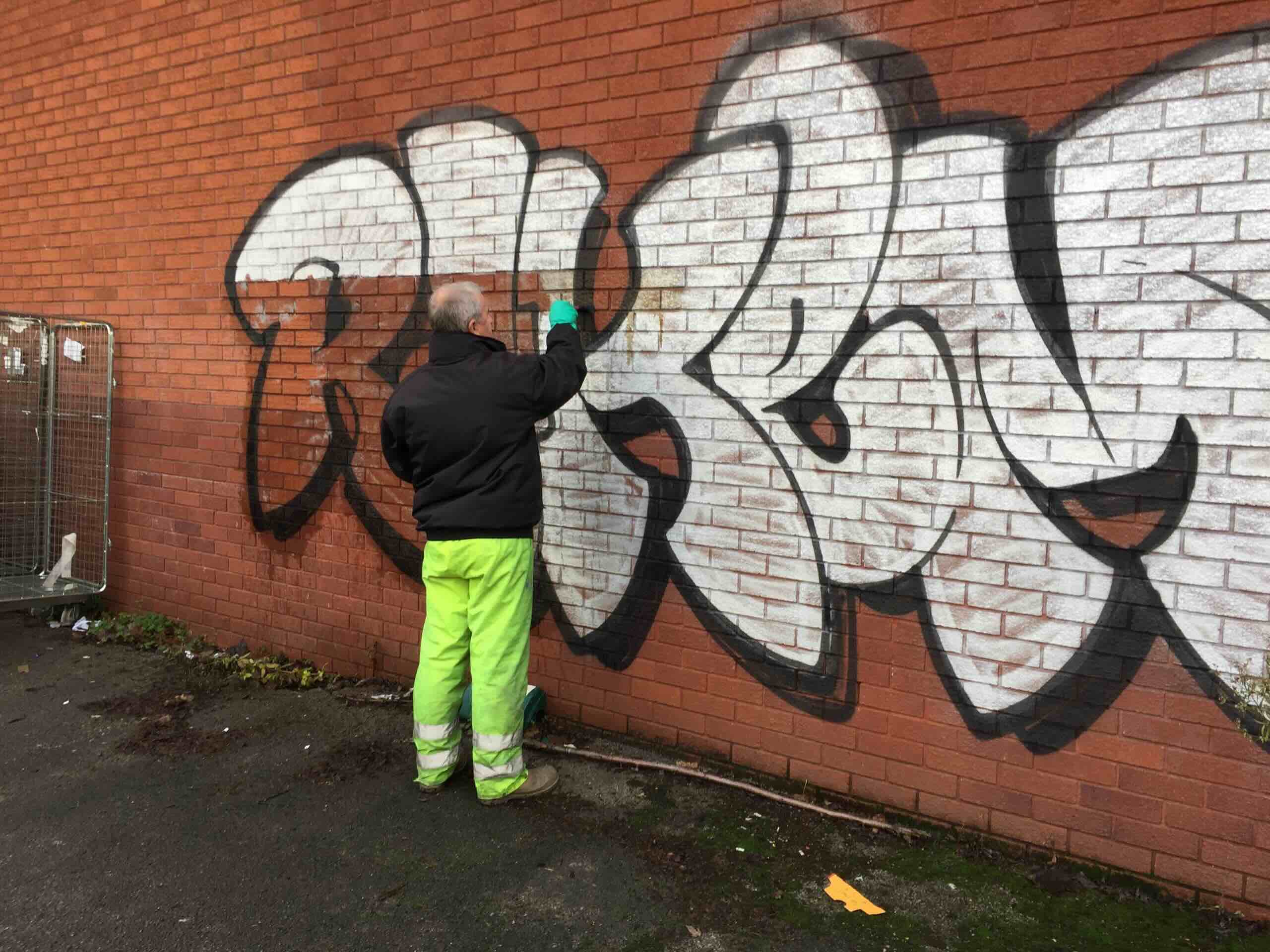
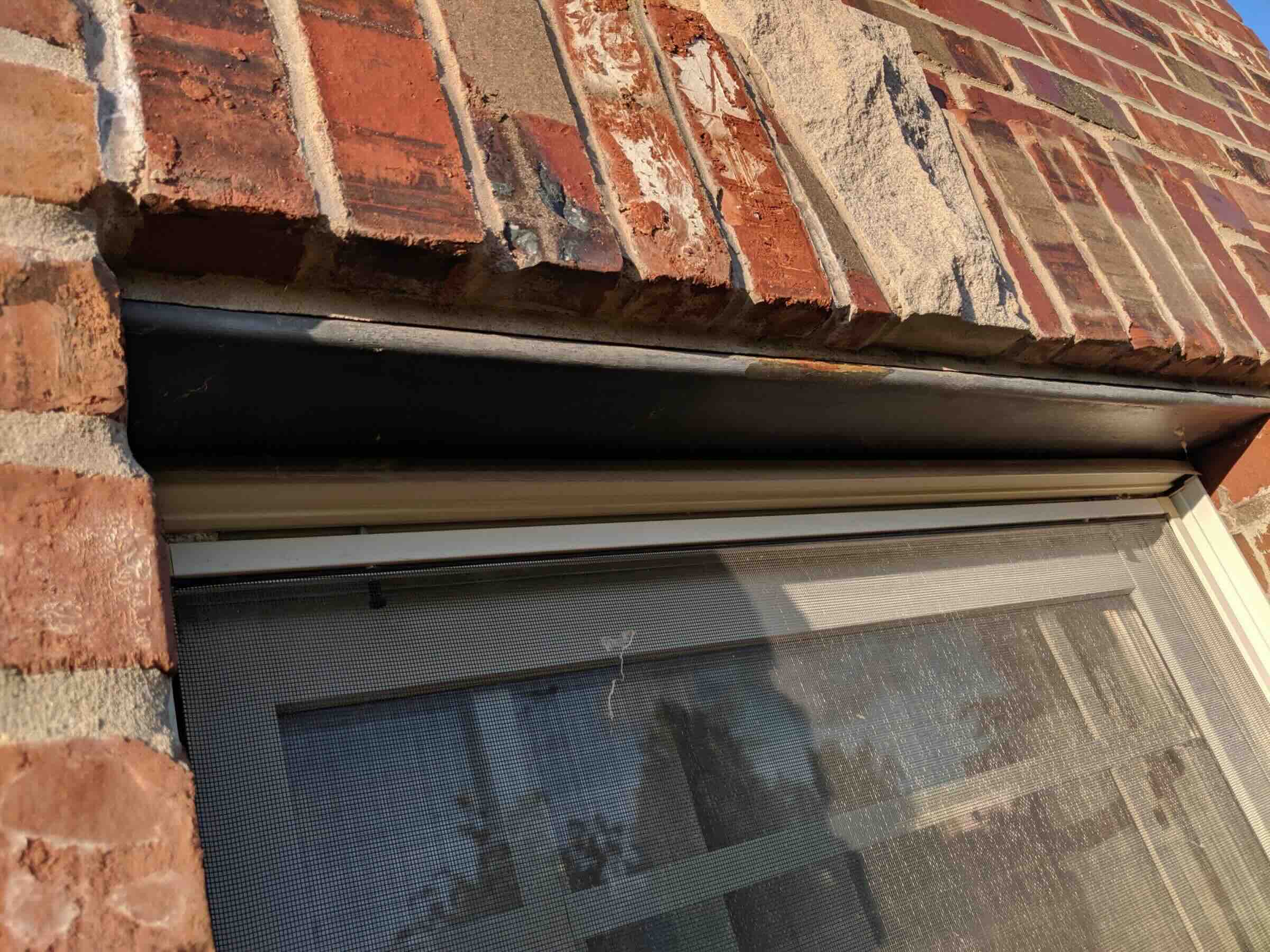

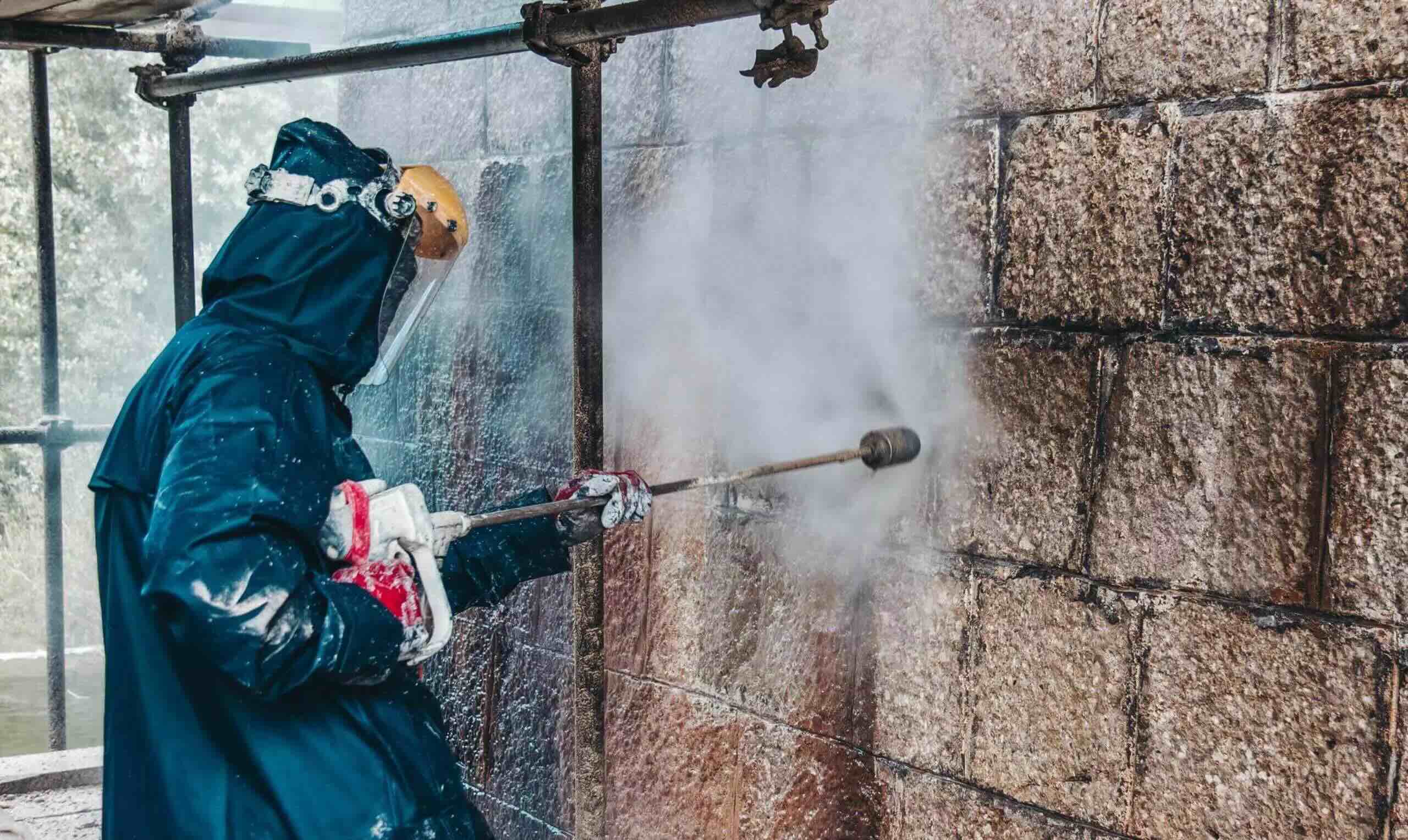
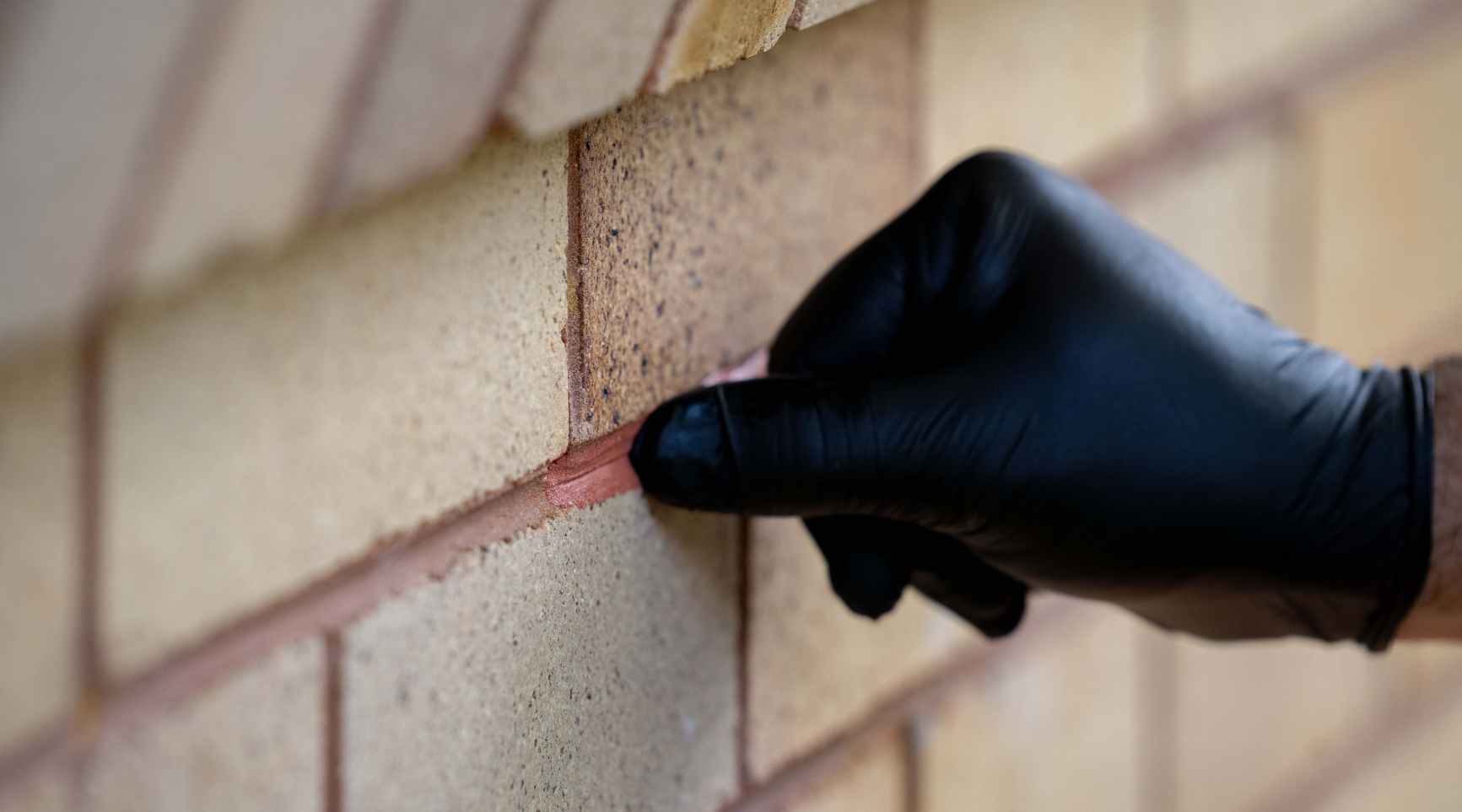
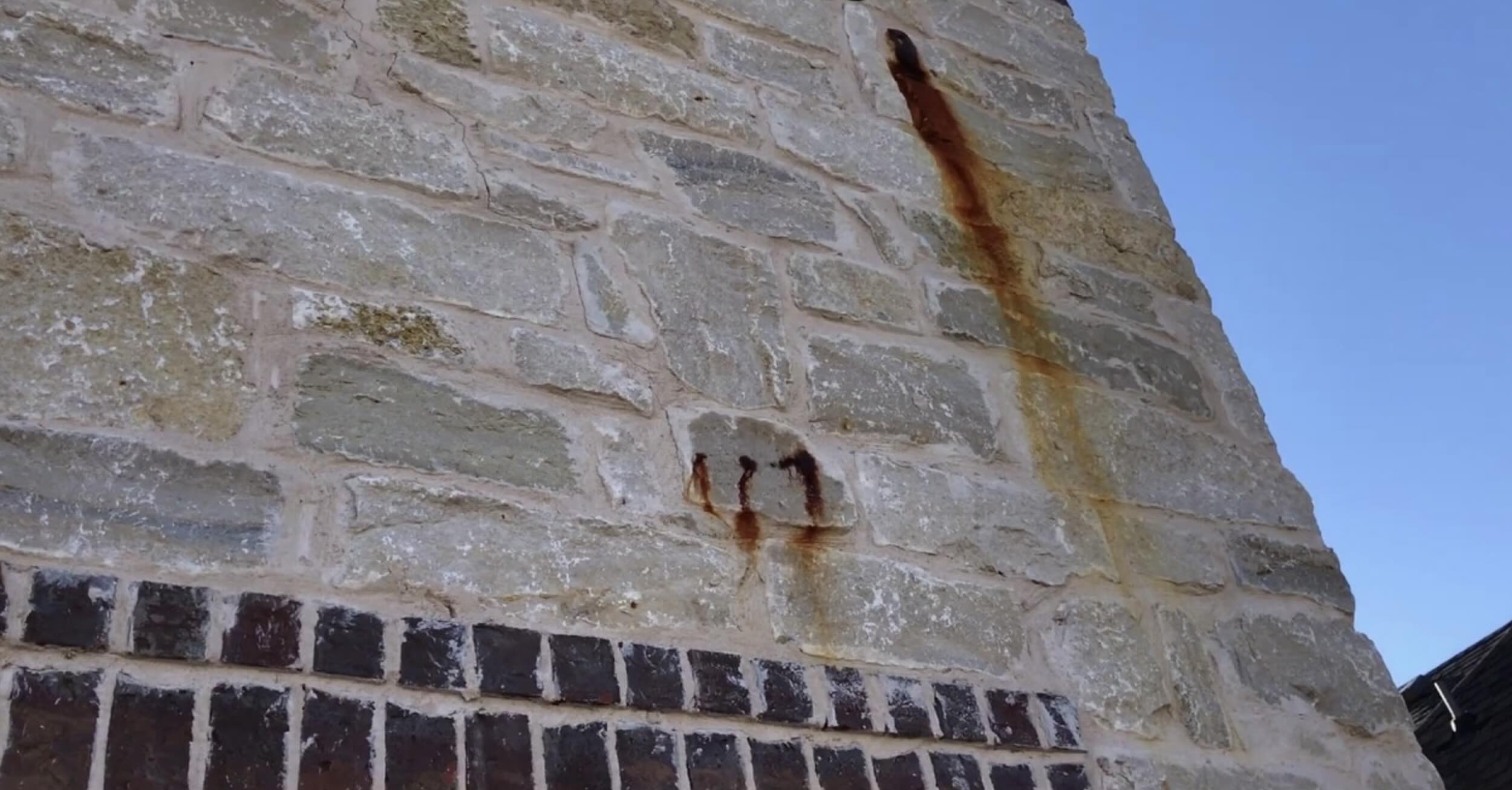

0 thoughts on “How To Remove English Ivy From A Brick Wall”